Quick Summary: A DApp (Decentralized Application) is software that runs on a decentralized network using blockchain technology. Blockchain is a distributed information system that enables people to share access securely and openly to data, record transactions, and store data. It’s crucial to pick the appropriate blockchain platform while creating a DApp because each one has various capabilities and needs. TRON, Ethereum, and EOS are a few of the well-liked blockchain systems for DApp creation. This blog will shed some light on the DApp development.
The concept of blockchain technology and its ecosystem is not new anymore. DApp is one of many inventions and significant growth in the blockchain industry. The word is well-known to everyone who follows the most recent advancements in the blockchain industry. DApp often uses Ethereum, and they have several elements to make sure the program functions as planned.
They differ significantly from typical centralized applications in many ways, and some of those differences also make them a better option than their traditional equivalents. Understanding a DApp’s features, applications, advantages, and potential market segments is essential to designing one that works properly. If you’re looking for solutions to queries about what a DApp is, how it functions, and its benefits and drawbacks, you are in the right place. Let’s begin!
What is DApp?
Decentralized applications (DApps) are software programs or applications that operate on a peer-to-peer (P2P) network of computers, such as a blockchain, rather than a single computer.
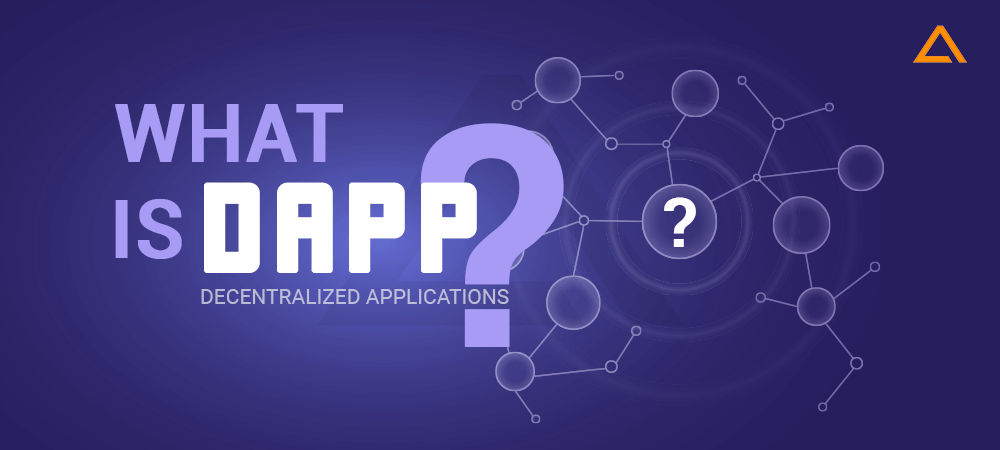
DApps (sometimes referred to as “DApps”) are thus independent of all other authorities and exist on a decentralized platform. To eliminate the need for centralized data management, DApps use blockchain technology to provide users more control over their data, thereby defining the service as “decentralized.” DApps offers almost same functionality as Traditional apps but in a decentralized way.
The typical client-server network model, which necessitates a central controlling body to permit updates in the network and its maintenance, is not used by Decentralized Applications (DApp). DApp operates instead through a group of computers known as nodes. Each of these nodes operates independently from the others and participates equally in network maintenance. As a result, all involved nodes have a comprehensive inventory of the transactions.
Although there are several alternative blockchain networks, a larger proportion of decentralized apps are built on Ethereum. Because Ethereum has a great user interface, developers can create decentralized apps quickly and easily. The blockchain network also enables the speedy launch of various applications.
You are not alone if you wish to participate in this profitable industry and are unsure how to produce DApp. You can go with the blockchain development company to handle the end-to-end product development of your DApp or the other option that may seem perfect is to hire an internal team of programmers to develop a decentralized blockchain software from the ground up, doing so can be difficult and expensive.
Benefits & Limitations of Decentralized Web Applications
There are advantages and disadvantages to DApps. Having a thorough understanding of both their benefits and drawbacks will help you apply them more effectively they are outlined below:
| Pros | Cons |
| Zero Downtime: Whenever a client wants to interact with a smart contract after it has been placed on the blockchain, the system as a whole will always be able to do so. | Maintenance: DApps may require more maintenance because it is more difficult to change the data and code that is broadcast on the blockchain. Even if problems or security threats are found in an outdated version, it is challenging for developers to update their DApps (or the fundamental information stored by a DApp) after they have been released. |
| Enhanced Privacy: You don’t need to provide real-world identity to install or interact with a DApp. | Inefficient Performance: Scaling is quite challenging and there is a substantial performance overhead. Every node processes and stores each transaction to provide the degree of security, integrity, transparency, and dependability that Ethereum strives to. Proof-of-stake consensus also requires time, which is another delay. |
| Censorship Discount: Users cannot be prevented from deploying DApps, submitting transactions, or accessing blockchain data by any organization on the network. | Congested network: The entire network slows down when one DApp consumes excessive computing resources. If transactions are sent in quicker than the network’s current processing rate of 10-15 transactions per second, the number of unconfirmed transactions in the system will swiftly increase. |
| Strong Data Integrity: Cryptographic primitives ensure that data saved on the blockchain is unchangeable and unchallengeable. Actors with malicious intent cannot alter payments or even other information that has already been made available to the public. | Complex Setup: Because setting up the tool stack required to communicate with the blockchain in a properly safe way can be too challenging for the average end user, it might be more difficult to design user-friendly experiences. |
| Verifiable Behaviour: Without the need to rely on a centralized authority, smart contracts are examined and are assured to operate in predictable ways. This is not the case with conventional models for instance, when we use online banking services, we must have faith that financial companies won’t mishandle our personal information, falsify records, or experience a hack. | Centralized Control: On top of Ethereum’s foundational layer, user and developer-friendly solutions may ultimately resemble centralized systems. Such services may, for instance, conduct critical business logic on a centralized server before writing to the blockchain, or offer a frontend using a centralized server, or store keys or other sensitive data there. Many (if not all) of blockchain’s advantages over the conventional approach are eliminated by centralized control. |

DApp Market Overview
If you’re planning to release a decentralized application, it’s helpful to be aware of your rivals and the trends that are influencing the new breed of DApps.
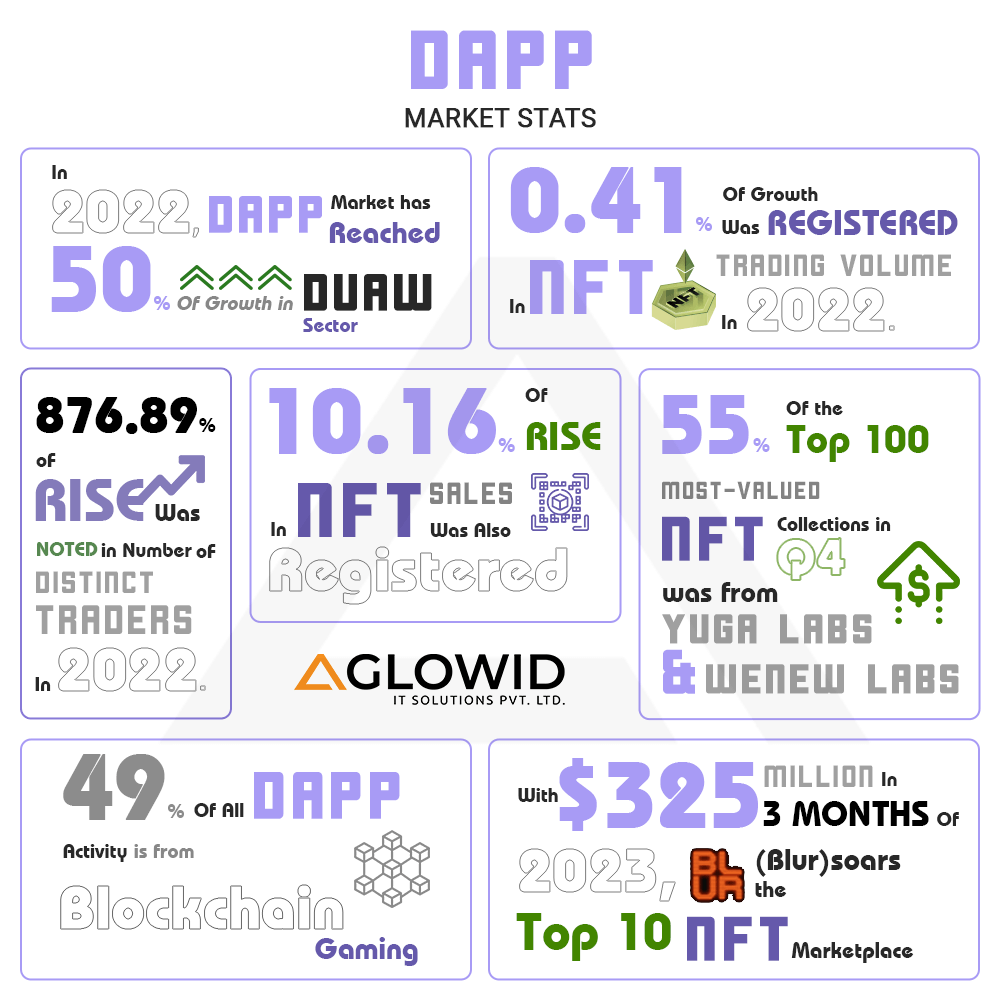
- In the DApp (decentralized application) market, there was a 50% growth in unique active wallets (dUAW) in 2022, going from an average of 1.58 million daily dUAW in 2021 to 2.37 million in 2022.
- The Terra Luna platform’s failure and a reduction in cryptocurrency prices were just two of the difficulties the DeFi sector faced in 2022, which contributed to a substantial decline in Total Value Locked (TVL) of 73.97%, falling to $55 billion in December. Despite these obstacles, the DeFi industry kept growing and innovating, with traditional financial institutions and smart contract financial apps testing or adopting DeFi protocols.
- With a 74.56% decrease in TVL to $32.12 billion, Ethereum is still the most popular DeFi protocol. With a 62.50% decline, BNB Chain has recaptured its spot as the second-largest DeFi ecosystem, hitting $6.5 billion. With Arbitrum dropping 12.07% to $1.74 billion, layer-2 solutions looked to be less impacted by the crypto turmoil. TVL for optimism reached $669 million, up 127.60%.
- Based on an average ETH price of $2,015, the NFT trading volume in 2022 grew by just 0.41% compared to 2021, suggesting that on-chain indicators for the NFT market this year were favorable. Further investigation reveals that the number of distinct traders climbed to 10.6 million, a rise of 876.89% from the previous year. The number of sales is also rising, up 10.16% total this year to 68.35 million, continuing its upward trend.
- The NFT blue-chip collections, which have continued to concentrate on their roadmap, have been the most actively traded this year. The first NFT brand to feature on an F1 racing car was Azuki. In July, Vee Friends closed a $50 million seed round, and in August, PROOF’s Moon Birds raised an additional $50 million to scale the brand.
- To further its growth, Yuga Labs acquired CryptoPunks, Meebits, and the NFT startup WENEW Labs. Its NFT collections accounted for 55% of the top 100 most-valued NFT collections in Q4, totaling $15 billion, dominating the NFT market valuation.
- With such an average of 1.15 million regular unique active wallets and 7.4 billion total transactions, blockchain gaming in 2022 will make up 49% of all DApp activity. With 217,914 unique active wallets every month in 2022, an increase of 85.78%, Splinter Lands will continue to be the most well-liked game. With 178,118 unique active wallets each month, Alien Worlds came in second place, losing 3.67%.
- The largest annual loss of $48.74 billion was caused by 312 crypto assaults in 2022. The $40 billion in losses brought on by the Terra Luna scam made it the most serious of these assaults. Without this incident, the average loss from hacking was $283k, and the monthly losses totaled $728 million. With damages reaching $44.71 billion, centralized systems were the most commonly targeted. The most frequently attacked chains were BNB and ETH, while the most frequent attack was rug pulling.
- With the passage of the first White House bill for crypto laws and the MiCA rule in Europe in 2022, there were substantial changes in the regulatory environment for digital currencies and other digital assets. These guidelines and laws showed an understanding of the growing significance of blockchain technology and sought to create an extensive framework for the oversight of cryptocurrency as well as other digital assets.
- According to the Dapp Industry Report 2022, developers have submitted 8255 DApp to DappRadar. From these, the DappRadar team has manually accepted 5604 applications where as 1523 applications were accepted by the machine learning tools. DappRadar has also rejected 1056 DApps as they were either submitted incorrectly, which includes containing empty token contracts, their email address not verifiable, or when they have no website or social media presence.
- Apart from this, your app can also be rejected when the project fails to follow the DappRadar submission process. You can see the DApps share approved by Category in the following chart:

Categories of Decentralized Applications
DappRadar lists close to 13,240 DApps tracked with 48 protocols(till date).

The majority of DApps center around games and decentralized finance, as these applications run on blockchains, and transactions are at the very heart of what blockchains do. Decentralized software also falls into the following significant categories:
| Categories | Popular Apps |
| Marketplace | OpenSea, Magic Eden, Atomic Market, Blur |
| Exchanges | Uniswap V2, Uniswap V3, SimpleFX, 0x Protocol, Quick Swap |
| Gambling | OwlDAO, Dice Planet, Piston Token, Shell Games |
| Social | Hooked, Galxe, PeakDv, Steemit |
| Wallets | Catchy Wallet Tracker, MWallet SwapDex, Wallet Defi, Wallet Swap |

Also Read: Game App Development Cost
What is the difference between DApp & APP?
Before you start developing your application, let’s understand how these decentralized applications differ from traditional ones.
Centralized Vs Decentralized Apps
The basic key difference is unlike traditional apps which are governed by centralized controlling authority. DApp runs on a peer-to-peer blockchain network.
| Factors | Centralized Apps | Decentralized Apps |
| Definition | A single firm manages and owns a centralized program, which runs on a single server or cluster of servers. | Decentralized applications (DApps) are software programs or applications that operate on a peer-to-peer (P2P) network of computers, such as a blockchain, rather than a single computer. |
| User Interaction | Traditional program | Smart contract-based blockchain |
| Working | The user gets the app from the app store and utilizes it by sending requests/information to a centralized server or cluster of servers. The server processes the request and responds appropriately after receiving it. | In the case of DApps, there is no such requirement of downloading the app instead the user must pay a set amount (in cryptocurrency) to the developer to use these apps. The user has the facility to download the application’s source code via a “smart contract,” which is a collection of code, logic, and data that can be used to execute the application. |
| Backend code | The centralized application’s backend code operates on centralized servers | The decentralized application’s backend code operates on a peer-to-peer network. |
| Computing power | Centralized applications require lower computing power | Decentralized Application requires a high computing power |
| Transparency | Lack of Transparency | Highly Transparency |
| Security | Less Secure | Highly Secure |
| System Reliability | If any server goes down the whole system will go down. | If any node goes down system will run normally |
| Transaction time | Low Transaction Time | High Transaction Time |
| Usability & Scalability | It has better usability and scalability | Limited scalability & usability |
| Payment | Pay for services of centralized apps | They pay to become part of the DApp |
| Ease of Use | User-Friendly | Difficult for end-user |
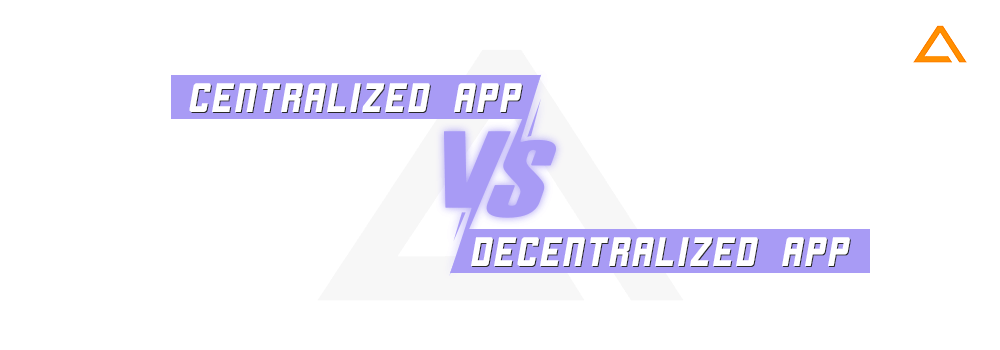
Now that you have some idea about the differences between DApp and Traditional applications, let’s move forward and see what architecture DApp uses to achieve robustness, reliability, and scalability.
Architecture of DApp
A dApp architecture is different from that of centralized application. dApp requires the unique system to achieve the expected reliability, scalability and security. Client-side applications for decentralised applications (dApps) interact directly with the blockchain rather than a database.
The code for DApps is often open source, allowing anybody to read and edit it. Smart contracts are also used by them to guarantee the security and transparency of all transactions as well as adherence to the regulations established by the application. Users that adopt DApp architecture can be confident that the system is dependable and trustworthy, and that their data is protected.
Below are the basic components of the DApp Architecture:
- Ethereum blockchain
- Smart Contracts
- Ethereum Virtual Machine
- Front-End
Let’s discuss the components of DApp Architecture:
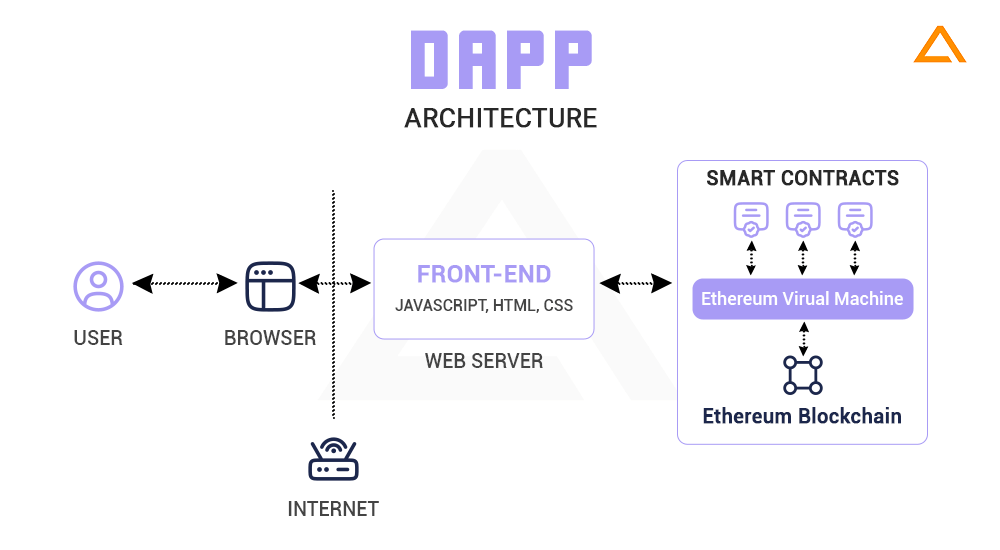
Ethereum Blockchain
The decentralized and open-source blockchain architecture that Ethereum builds enables the secure implementation and validation of program code, or “smart contracts,” in a peer-to-peer network. Smart contracts are used in the backend code of applications that operate on decentralized networks instead of centralized servers. On the Ethereum blockchain, data is stored for DApps.
Smart Contracts
Smart contractors, which transfer digital assets between parties directly and automatically when particular circumstances are met, are used in DApps. The same principles that govern traditional contracts apply to smart contracts, but they also have the added benefit of being automatically enforced. Programs known as “smart contracts” run exactly as they have been configured (written, programmed) by their authors.
Smart contracts are executable by code, much like a regular contract is enforceable by law. A smart contract is a group of computer code and data that exists at a designated location on the Ethereum Platform and functions there. High-level languages like Vyper and Solidity are used to write them.
Ethereum Virtual Machine (EVM)
The Ethereum Virtual Machine is the global virtual computer that executes the logic defined in the smart contracts and processes the state changes that happen on this Ethereum network.
Front-End
The DApps user interface (GUI), for example, is part of the front end, which also interacts with the software architecture that is specified in smart contracts. The front end is the portion of the DApps that users can see and use.
Popular Blockchain Platform For DApp Development
To create and manage a variety of Web3 tasks, such as but not restricted to NFTs, the start and end of transactions, and the creation of smart contracts, blockchain platforms include programming languages that are robust and complicated enough.
Ethereum is thought to have been the first system to use a private blockchain for smart contracts, which is a different type of coin. Similar to several cryptocurrencies, such as Ether, Tron, BNB Chain, Avalanche, Solana, and Polygon, other blockchain platforms were developed by and are supported by nonprofit foundations.
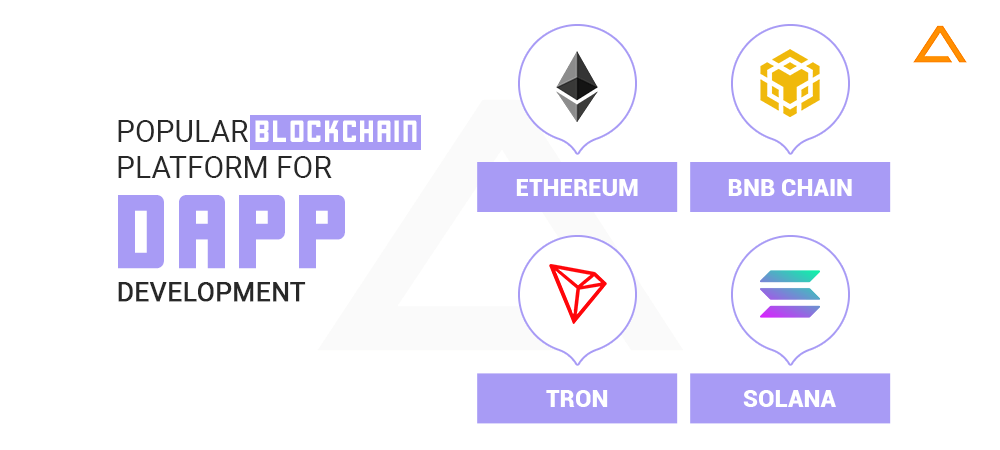
Ethereum
Among DApp developers, Ethereum, a public blockchain, continues to be their top choice. With the use of this technology, businesses and organizations may create apps, hold assets, conduct transactions, and communicate freely. You retain control over your data and what is shared, so you are not required to give Ethereum access to every aspect of your personal life.
Because it introduced quicker and less expensive transactions as well as support for smart contracts, it gained popularity rapidly following its inception in 2015. To construct DApps efficiently, Ethereum uses a unique programming language called Solidity.
According to the official Ethereum website, there are currently 2970 projects developed on Ethereum, 71M+ wallets with an ETH balance, 50.5M smart contracts on Ethereum, $11.6T in value transferred via the Ethereum network in 2021, $3.5B in creator revenues in 2021, and 1.083M transactions each day.
BNB Chain
Binance released BNB, a public chain that was formerly known as the binance smart chain, in 2019. A pair of blockchains, BNB Beacon Chain (BC) and BNB Smart Chain make up one of the most well-known blockchains in the world (BSC). The blockchain element called the BNB Beacon Chain controls staking and voting on the BNB Chain as well as serving as the chain’s governing body.
A blockchain element that is EVM compatible has consensus layers, and has hubs for several chains is the BNB Smart Chain. One of the most well-known blockchains in the world, BNB Chain, is committed to delivering the core infrastructure required for future widespread public adoption. It also constantly maintains its position as a community-first and open-source ecosystem based on a permissionless and decentralized network.
TRON
The public blockchain platform TRON is open source and enables smart contracts. Due to TRON’s compatibility with Ethereum, you can move smart contracts from Ethereum to TRON natively or with very small changes. To achieve a TPS that is considerably higher than Ethereum’s, TRON relies on a special consensus process, giving developers a positive experience with a speedier transaction.
The following are the primary areas where TRON and Ethereum diverge:
Consensus Mechanism
At the present, the Ethereum network uses the POW consensus, and in the future, it will use the POS consensus. DPOS is the mechanism for consensus in TRON. Consensus can be learned more about by consulting the official document.
Resources Model
Gas fees are required for transactions on the Ethereum network, while bandwidth and energy fees are charged for transactions on the TRON network. Bandwidth is the word that refers to the amount of data that makes up a transaction in bytes. With an increase in transaction size, more bandwidth will be consumed. On the TRON network, TVM must carry out specific operations, and doing so requires a particular amount of computational power.
Energy calculations resemble those for Ethereum. As a transaction executes more instructions, its energy consumption rises; the energy requirements of the various instructions vary. Regarding energy and bandwidth, please see. the TRON Resource Model page for additional information.official documentation.
TVM
Although TRON TVM and Ethereum EVM are interoperable, several details are different; for more information, see the difference between TVM & EVM to know more.
API
TRON supports HTTP & gRPC APIs, and Ethereum supports JSON-RPC 2.0 specification APIs. TRON also offers Ethereum-compatible JSON-RPC 2.0 APIs.
Solana
Transactions are validated using the “Proof of Stake Time” (PoST) consensus process, which is a special feature of the quick and effective blockchain platform Solana. Solana is one of the quickest blockchain platforms currently available thanks to its ability to execute up to 65,000 transactions per second.
To further strengthen the integrity of its network, Solana also employs a technique known as “Tower BFT.” The SOL native token, which is part of the Solana ecosystem, can be used to vote on protocol updates and other governance choices in addition to being used to pay transaction fees.
Types of DApps
Although all DApps perform similar tasks, we can divide them into three groups based on the distinct use cases and protocol layers that each belongs. A protocol layer is comparable to a tier of a wedding cake, where several layers may be layered on top of one another.
Type 1: Many of these DApps take into account Bitcoin in the first DApp, which has its blockchain network.
Type 2: These DApps incorporate a utility token necessary for them to operate and make use of Type 1 DApps. As an illustration, the distributed trading network known as the Omni Protocol is based on the Bitcoin blockchain.
Type 3: These DApps operate using the Type-2 DApp protocol. A decentralized data storage and communications network like the SAFE (Secure Access for Everyone) Network, for instance, enables the development of censorship-resistant websites and apps. To create SafeCoins, the SAFE Netrok makes use of the Omni Protocol.
Key Features of DApp
Despite being relatively new and having so many applications, DApps are becoming more and more well-liked and in demand. Decentralized applications are distinguishable for some key reasons, including:
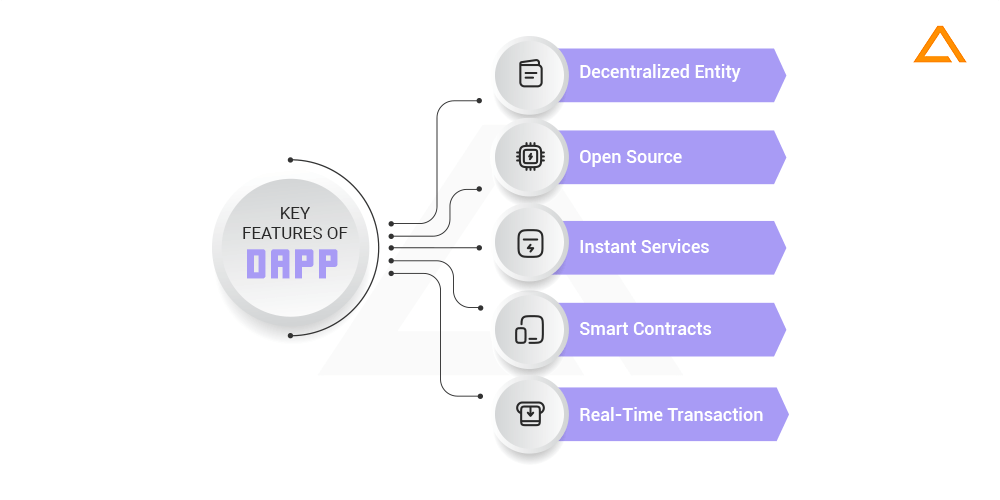
Decentralized Entity: Without centralized administration or a single point of failure, all improvements to the project are made cooperatively by all members on a blockchain. The goal is to establish a system where digital currencies and smart contracts function similarly to traditional forms of payment, but with several important distinctions, including security for individuals who choose to use them and trustworthiness, anonymity, and cost-effectiveness.
Open Source: Since DApps are open source, anyone may view the code that powers them. Everybody can understand how and why DApp functions the way it does. One of the biggest benefits of utilizing a DApp is transparency.
Instant Services: DApps enable services that weren’t previously possible. Micro-transactions and quick payment are two examples. You can use your cryptocurrency wallet to directly make an Amazon or Uber ride payment, for instance. You can effectively pay what you want when you need it without having to wait for the transaction to be completed or for the exchange rate to drop to a manageable level.
Smart Contracts: DApps are powered by smart contracts, which enable the development of apps where all information is stored on a blockchain or decentralized ledger. This means that DApps can function completely decentralized, autonomously, and without the aid of middlemen, central servers, or service providers.
When certain circumstances are met, smart contracts automatically carry out themselves and regulate the transfer of virtual currencies in a specific business process. With an Ethereum platform contract, we can ensure that our expectations are fulfilled without having to rely on the honesty or integrity of other individuals.
Real-Time Transaction: DApps function with real-time transactions, which might be instantaneous or require many steps depending on the sort of DApp you develop.
What are the Prerequisites of building a Decentralized Application?
Since you have decided to create DApps, you need to understand the prerequisites for doing so. DApps open-source nature means that there is no total control over how people use them. Some of the requirements for developing decentralized applications are listed below:

Blockchain to target
The app’s underlying blockchain must first be completed before anything else. Ethereum is a platform of choice for DApp development. As a result, you must choose which blockchain you’ll utilize for your project from the ones that can be utilized.
Develop Wireframes
Next, you create a wireframe for the device’s front end and design it for both the web and mobile versions. There’s a chance that when you put your thoughts on paper, they won’t appear as intriguing. Make sure to create mockups, then.
Features your DApp
The next step is for you to choose the features you want the application to have. These ought to be related to the blockchain type and the objective of the project. In addition, this needs to connect your front end across both the online and mobile versions.
Node Package Manager
The JavaScript runtime environment node has to be used with node package management. It is made up of a command-line client and an online database of packages that are made available to the public and the private sector.
Truffle Suite
To create the app’s trustable smart contracts that use the Ethereum blockchain, users will require the Truffle framework o Truffle Suite. While creating the client-side application, you can deploy them and test them on the framework.
Ganache
Ganache is required to generate the local-in-memory. In addition, it uses the truffle architecture which provides users with ten external accounts with Ethereum addresses on the local blockchain. You also get 100 phony ether with every one of these external accessories.
Metamask
You must have a network connection to view the local blockchain. And to do so, you’ll need the Metamask extension for Google Chrome, which you can use to link the regional blockchain to your account and use it for the app you’re building.
Syntax Highlight
Utilize syntax highlighting on your preferred text editor to draw attention to specific sections of the code to aid in memory and recall. When a mistake is made during development, it facilitates quick recognition and efficient correction.
Environment Setup
Constructing a simple working model to test essential features is the first step. By doing so, it is possible to determine the extent of primary-level errors and the necessary rectification. Even if the idea isn’t worth developing further, it can still be useful to know.
Candidate List
Finding the qualities of the candidates you wish to store is necessary when your smoke test is finished. The ID, name, number of votes, etc., can be among the information you want to keep. You will list the contenders for this using several Solidity procedures.
Why should you build DApp?
It takes less time to design centralized apps. Compared to other decentralized apps, they offer a greater level of user experience and more features. Decentralized app development currently lacks standards and frameworks, but since programmers are accustomed to creating centralized systems, they can construct decentralized apps more quickly:
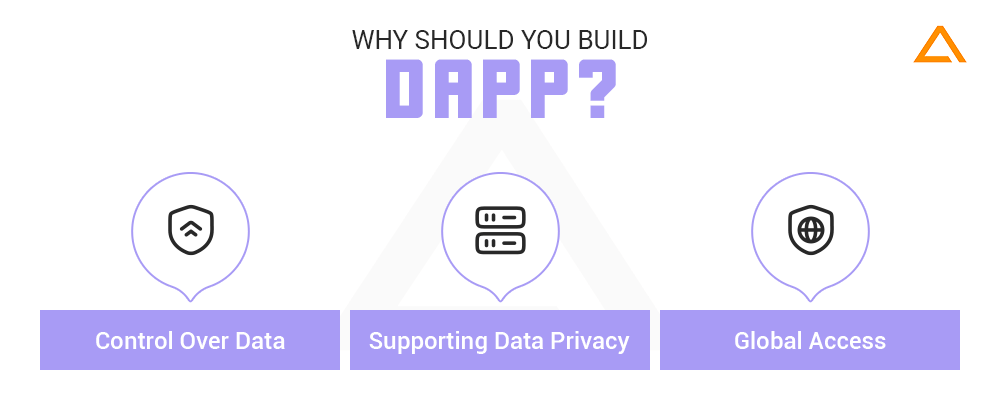
Control Over Data
Users have control over their data using decentralized applications. Without relying on centralized, traditional platforms like social media, the individual may choose who sees it and how it is utilized. In contrast to relying on powerful corporations that influence users’ digital lives, using decentralized applications promotes a rather more equitable digital environment where all users have equal authority.
Supporting Data Privacy
Centralized apps typically feature an advertising-based business model that requires users to provide their information in exchange for a service; this provides the app developer access to their confidential information and exposes them to fraudulent activity and loss of income. User’s personal information is protected when using a decentralized app since only users have access to their accounts and information, which is not impacted by any public or private special interests or even other third-party entities.
Global Access
Applications that are decentralized lack a centralized government or server, making them accessible from any location in the world. The atomic cross-chain approach, in which nodes independently confirm transactions, is used to execute transactions. As a result, users have the freedom to decide how to use their data and it is not under the control of any one party, including marketers, authorities, or even the users themselves.
What is the Cost to Develop the DApp?
The cost to develop a decentralized app depends on a variety of reasons. Depending on the application’s complexity and the team’s experience, the cost to construct a decentralized application (DApp) might vary greatly.

The number of developers needed, the length of time it takes to build, and the technology stack used all have an impact on the price. For instance, more expensive infrastructure can be needed if the DApp calls for a significant volume of data processing or storage. A DApps ongoing maintenance and update costs must also be taken into account because they are necessary for ensuring that the DApp continues to be secure and work as intended.
To prevent any unanticipated costs, it is crucial to establish an ability to accurately predict and a thorough development strategy. In the following table, we have provided approximate pricing of the DApp development.
| App Type | Cost |
| Simple Complexity DApp | $5000 – $50,000 |
| Medium Complexity DApp | $50,000 – $1,00,000 |
| Complex Complexity DApp | Starting from $1,00,000 |
Popular Apps using DApps
Now that you’ve learned everything you need to know about constructing decentralized applications, let’s look at a few well-known decentralized applications that people are now using to build Web 3.0. Numerous DApps have advanced significantly due to being among the fastest-growing industries in the blockchain realm. As examples, consider the following:
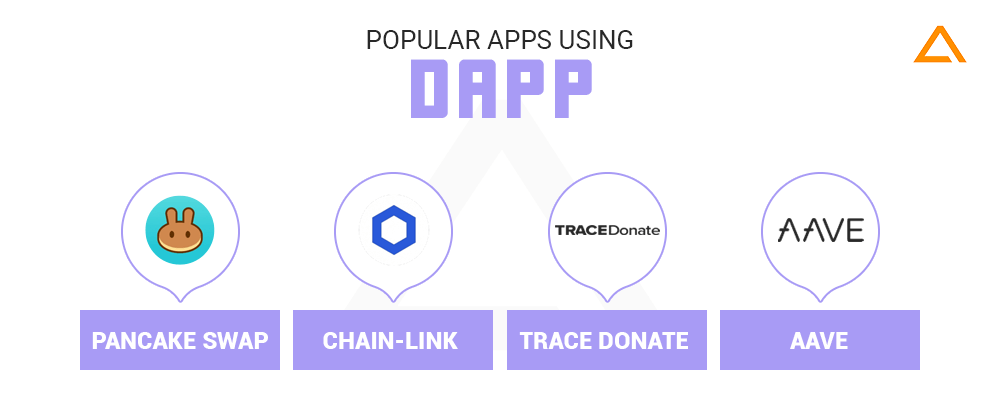
Pancake Swap: This decentralized App (DApp), which makes use of the Binance Smart Chain ecosystem, facilitates the trading of BEP 20 tokens. Its simplicity of use and low charges for swaps of 0.2% are only a few of its benefits. Additionally, it might be utilized to link several different bitcoin wallets.
Chainlink: Chainlink is a well-known middleware program that provides calculations for Oracle networks together with tamper-proof outputs and inputs. A BigQuery PaaS information system is currently being evaluated by Google.
TraceDonate: It is a decentralized application that nonprofit organizations, contributors, and recipients of their funds can use. The software attempts to increase stakeholders confidence that donations made will reach those in need. Donors can keep track of how their contributions are used because the money is kept in a digital wallet.
Aave: One of the most well-known open-source DeFi-based liquidity protocols is Aave, which is renowned for giving its users total transparency. Stakes, borrowing, lending, and interest on deposits are all possible. Decentralization ensures total anonymity for both lenders and borrowers.
Wrapping Up!
The process of creating a decentralized application (DApp) can be difficult but lucrative. It demands an in-depth knowledge of smart contract creation and blockchain technology, as well as the capacity to create and put into place a user-friendly interface. Hopefully, this blog will help you in deciding what you want in your DApp project, as this is the perfect time to invest in DApp due to the rising interest in blockchain sector.
have a unique app Idea?
Hire Certified Developers To Build Robust Feature, Rich App And Websites
Also Check:
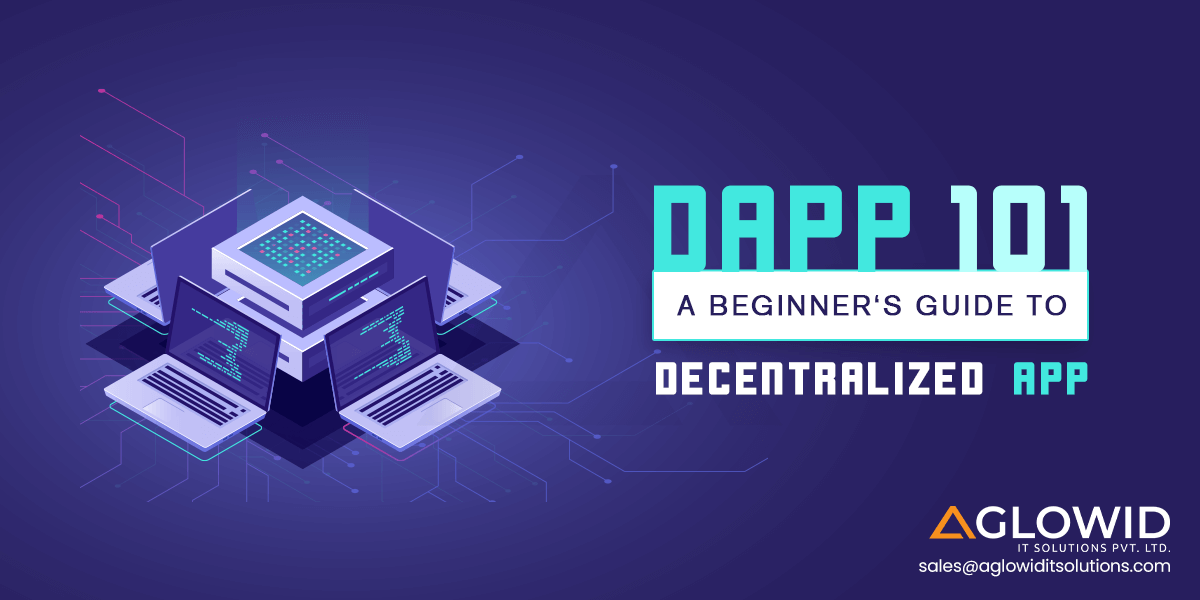
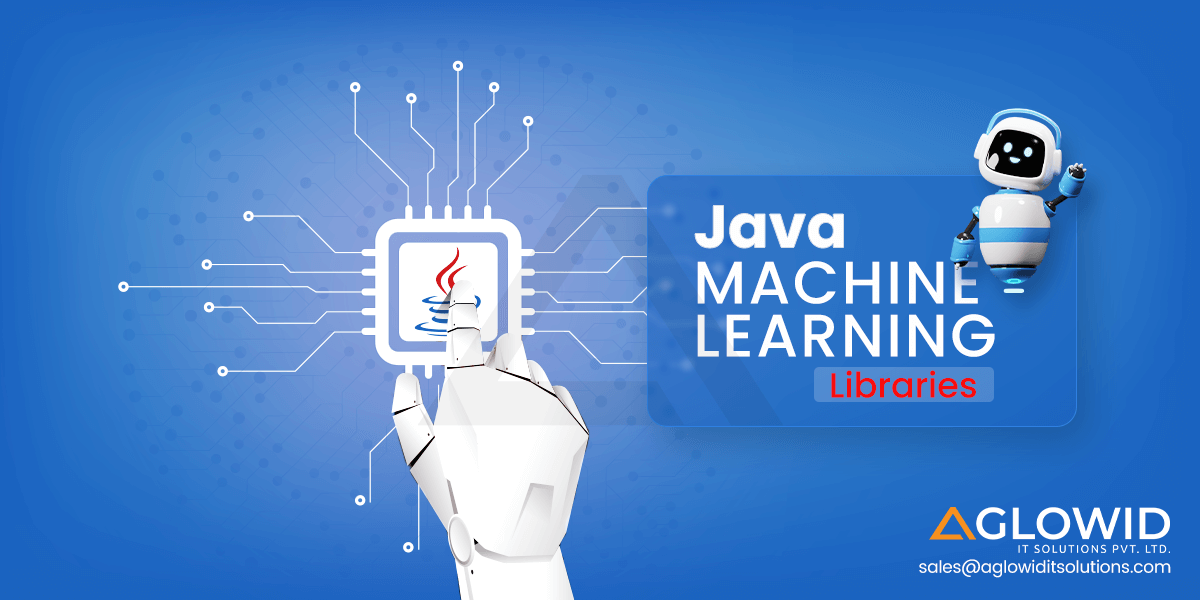
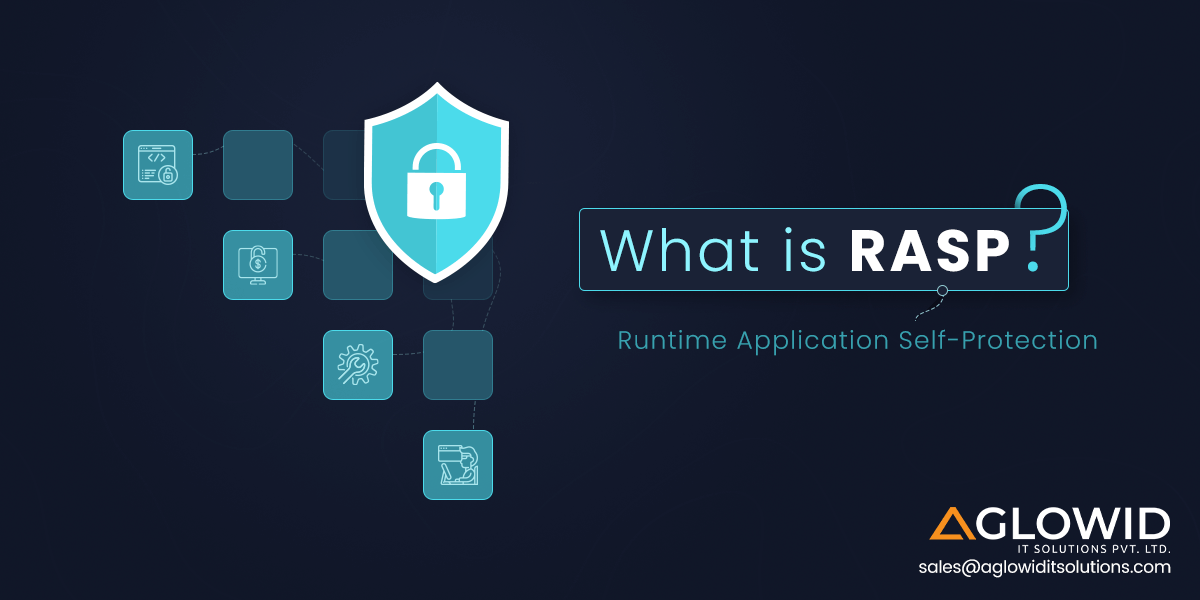


 Say
Say